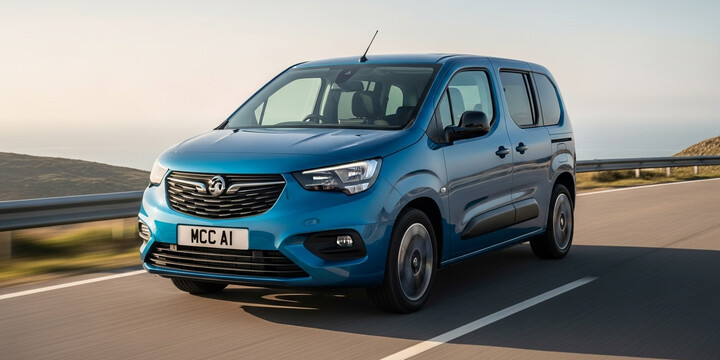
VAUXHALL COMBO LIFE (2018-22)
The VAUXHALL COMBO LIFE (2018-22) is a versatile and practical family vehicle that fits comfortably into the compact MPV segment. Known for its spacious interior and flexible seating options, the Combo Life is ideal for families, everyday commuting, and those needing a reliable vehicle with multiple uses. Its design blends practicality with a friendly driving experience, making it suitable for first-time drivers or those upgrading from smaller city cars.
This model stands out for its combination of affordability, good fuel efficiency, and ease of maneuverability, especially in urban environments. Compared to rivals, the VAUXHALL COMBO LIFE (2018-22) is appreciated for its practicality and straightforward design, making it a popular choice among used car buyers in the UK. With a healthy sample size of nearly 4,000 lookups on MyCarCheck.com, this vehicle's average valuation of around £12,933 and typical mileage of approximately 27,949 miles indicate its reputation as a reliable, well-used vehicle. Whether for family trips or daily errands, the VAUXHALL COMBO LIFE offers a smart, dependable option for a wide range of drivers.

average use
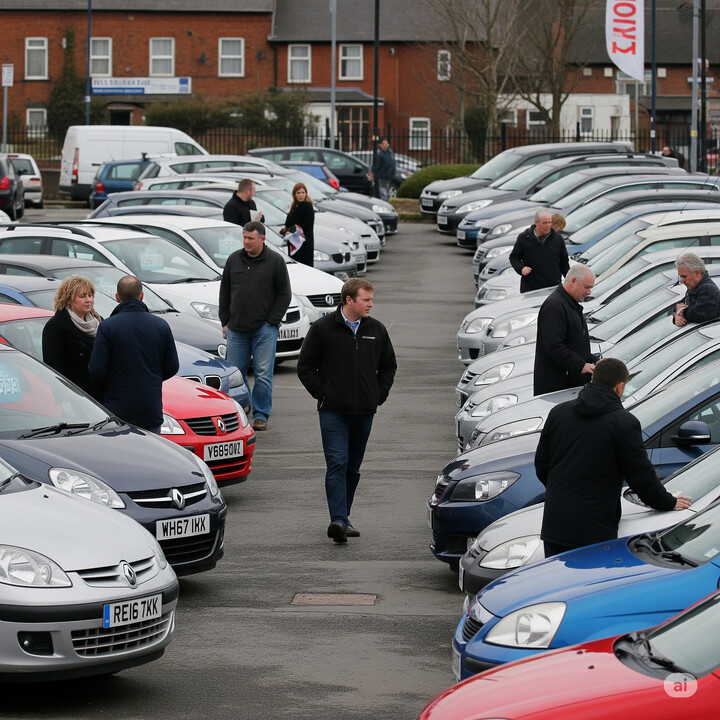
The data for the most recent mileage readings of 2018-22 Vauxhall Combo Lifes shows that the majority of vehicles fall within the 10,000 to 40,000 mile range, with 17.2% at 10,000 to 20,000 miles and 19.6% at 30,000 to 40,000 miles. A significant portion, around 17.5%, also records between 40,000 to 50,000 miles. Notably, only small percentages are found at very low (0-10,000 miles) or very high (above 100,000 miles), indicating most vehicles are moderately driven. The highest mileage bracket (170,000 to 180,000 miles) is quite rare at just 0.3%, suggesting that very high-mileage vehicles are uncommon in the sample.

vehicle values
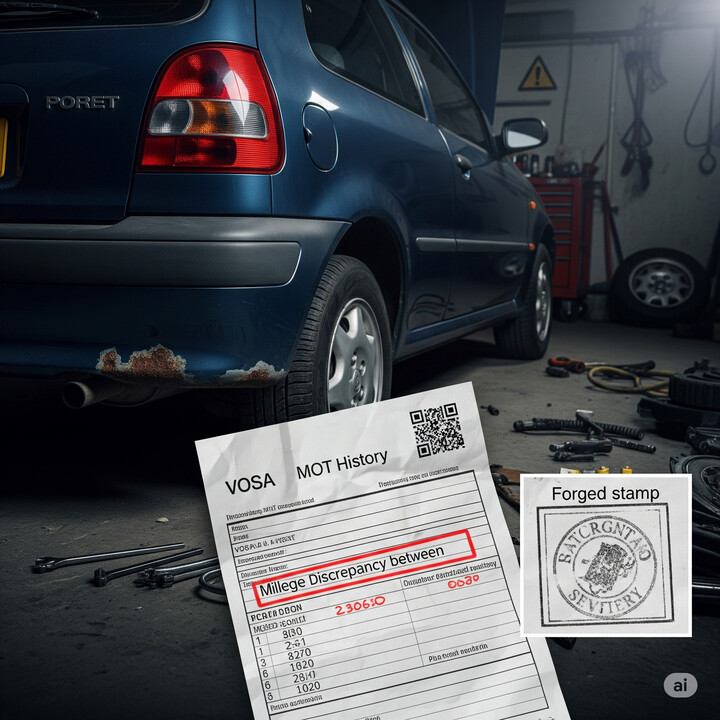
The data highlights typical private sale price ranges for Vauxhall Combo Life models (2018-2022) in the UK, with the majority of sale activity concentrated between £11,000 and £13,000, which accounts for over 41% of listings. Notably, a smaller proportion of vehicles (around 2%) are advertised below £7,000 or above £17,000, indicating limited availability at these price points. The distribution shows a significant clustering around the mid-range values, reflecting stable market valuation, with minimal listings in the very low or high extremes.

production years
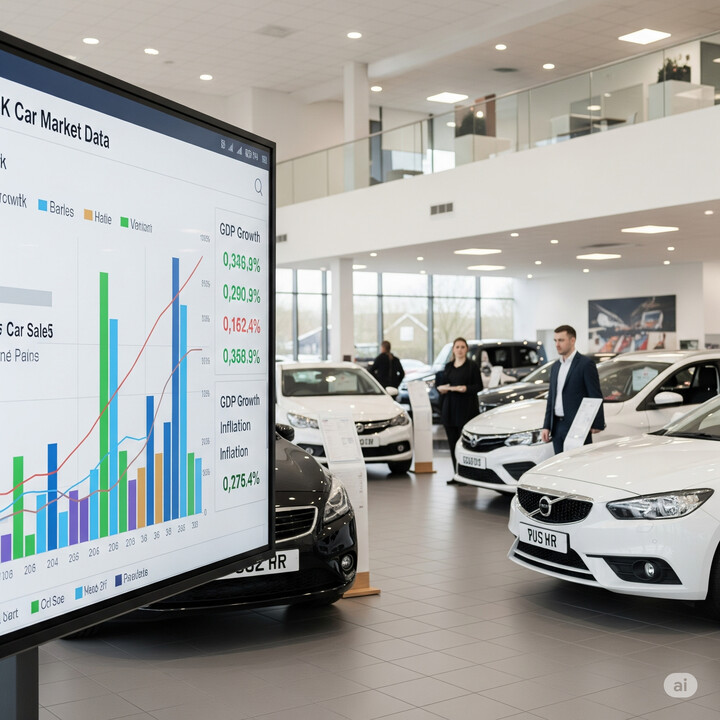
The data indicates that the majority of VAUXHALL COMBO LIFE vehicles from the 2018-2022 range were manufactured between 2019 and 2021. Specifically, nearly 33% were from 2019, about 35% from 2020, and close to 24% from 2021. In contrast, only a small proportion—around 5%—were manufactured in 2018 and 2022. This suggests a significant concentration of vehicles within the 2019-2021 period, possibly reflecting higher model availability or demand during these years.

colour popularity
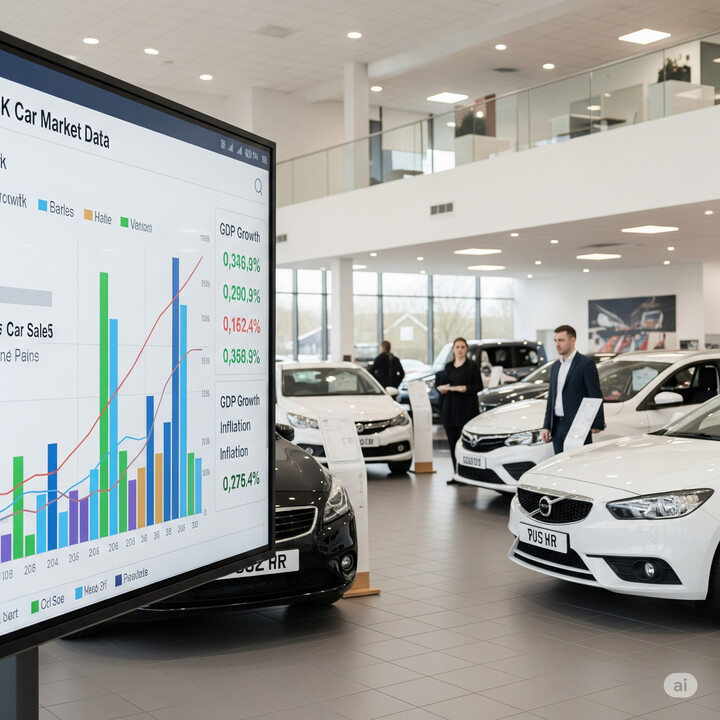
Based on the data for the main paint colour of 'Vauxhall Combo Life (2018-22)' vehicles, the most popular colour is grey, accounting for approximately 36.7% of vehicles, followed closely by blue at 34.9%. Black is also quite common, representing 13.9%. In contrast, white, brown, and red are less frequently chosen, making up 4.8%, 5.4%, and 4.2% respectively. Overall, neutral tones like grey and blue dominate, suggesting preferences for understated and versatile colours within this model range.

ownership cycle

The data for VAUXHALL COMBO LIFE (2018-22) vehicles reveals that nearly half (48.2%) have had two registered keepers, while a substantial portion (28.3%) has only had a single keeper. The remaining vehicles are spread across other categories, with 16% having three keepers and smaller percentages for four, five, and six keepers. This suggests that most of these vehicles are relatively stable in ownership, though a notable number do change hands at least once or twice during their lifespan.

engine choices

The data indicates that for Vauxhall Combo Life models from 2018 to 2022, the majority (60.2%) are equipped with 1.5L engines, primarily running on diesel fuel. Conversely, a significant portion (39.8%) uses petrol engines with a 1.2L capacity. This suggests a strong preference for diesel engines in this vehicle range, although petrol variants remain quite common. The roughly 60/40 split highlights the popularity of both fuel types among buyers of this model during this period.












